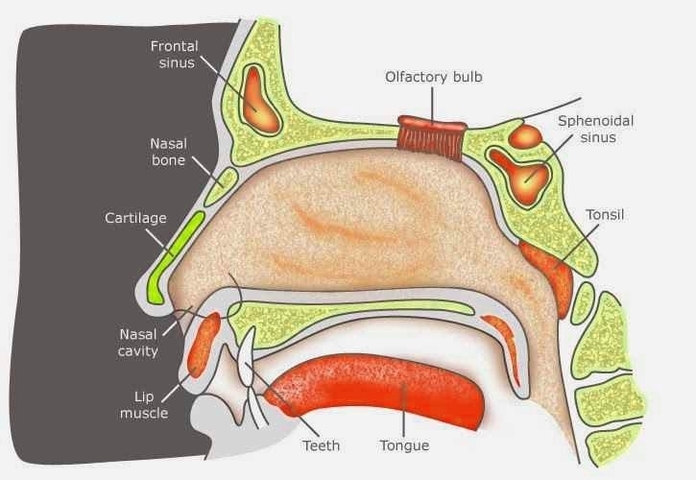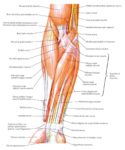The human nose, a prominent feature of the face, plays a crucial role in the respiratory system and our sense of smell. Its structure is complex, comprising both external and internal parts, each with specific functions.
External Nose
The external part of the nose is a pyramidal structure with a root located superiorly and an apex sitting inferiorly. The part between the root and the apex is called the dorsum of the nose. Inferior to the apex are the two nares (nostrils), which are the openings to the nasal cavity. The nares are separated by the nasal septum and are laterally bounded by the ala nasi (wings of the nostrils).
Internal Nose (Nasal Cavity)
The internal part of the nose, termed the nasal cavity, is involved in respiration, olfaction, speech, and taste. It has two nasal cavities, hollow spaces where air flows in and out. They are lined with mucous membranes.
Key Components of the Nose
1. Bone: The hard bridge at the top of your nose is made of bone.
2. Cartilage: The upper cartilage provides support to the sides of the nose. The lower cartilage adds width and height to the nose.
3. Hair and Cilia: Hair and cilia inside your nose trap dirt and particles.
4. Lateral Walls: The outer walls of your nose are made of cartilage and covered in skin.
5. Nerve Cells: These cells communicate with your brain to provide a sense of smell.
6. Nostrils (Nares): These are the openings to the nasal cavities that are on the face.
7. Septum: The septum is made of bone and firm cartilage. It runs down the center of your nose and separates the two nasal cavities.
8. Sinuses: You have four pairs of sinuses. These air-filled pockets are connected to your nasal cavities.
9. Turbinates (Conchae): There are three pairs of turbinates located along the sides of both nasal cavities.
Function of the Nose
The nose is involved in several important bodily functions:
– Allows air to enter your body.
– Contributes to how you look and how you sound when you speak.
– Filters and cleans air to remove particles and allergens.
– Provides a sense of smell.
– Warms and moistens air so it can move comfortably into your respiratory system.
Conditions and Disorders
Health conditions that can affect your nose include allergic rhinitis (hay fever) which can cause irritation, sneezing, runny nose or stuffy nose, and deviated septum, which occurs when your septum is off-center, either at birth or from injury. It can cause breathing problems, nasal congestion, and headaches.
In conclusion, the human nose is a complex structure with a multitude of functions beyond just being a part of our facial appearance. Its intricate anatomy and the roles it plays in our daily lives make it a fascinating subject of study..



